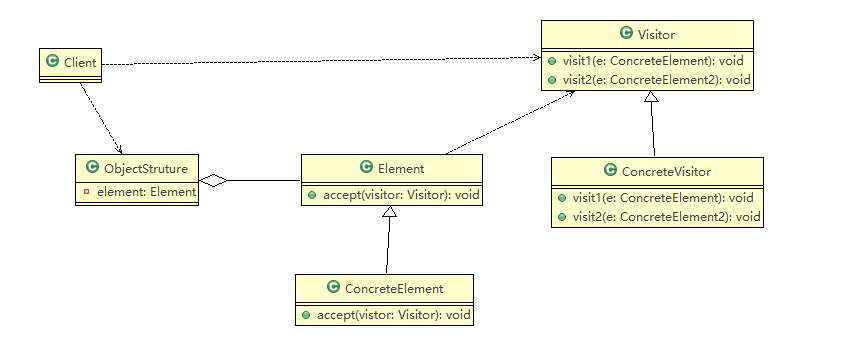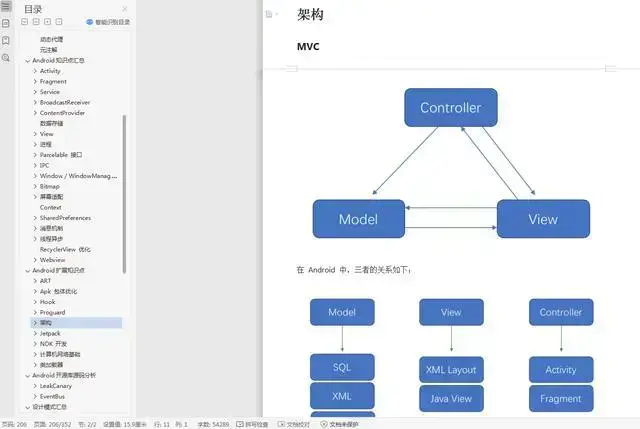Java并发编程实战:CountDownLatch与Semaphore应用实例
CountDownLatch和Semaphore是Java并发库中常用的两种控制共享资源的工具。以下是它们的应用实例:
CountDownLatch:
- 作用:当一个或多个线程完成他们的任务后,可以通过调用
countDown()方法来通知其他的等待的线程。 示例:
CountDownLatch latch = new CountDownLatch(3);// 线程1执行任务并计数Thread t1 = new Thread(() -> {try {latch.countDown();System.out.println("Task 1 done by " + Thread.currentThread().getName());} catch (Exception e) {e.printStackTrace();}}));// 线程2和3执行任务并计数Thread t2 = new Thread(() -> {try {latch.countDown();System.out.println("Task 2 done by " + Thread.currentThread().getName());} catch (Exception e) {e.printStackTrace();}}));Thread t3 = new Thread(() -> {try {latch.countDown();System.out.println("Task 3 done by " + Thread.currentThread().getName());} catch (Exception e) {e.printStackTrace();}}));// 启动线程t1.start();t2.start();t3.start();// 等待所有线程执行完毕,然后关闭CountDownLatchtry {latch.await();System.out.println("All tasks done by " + Thread.currentThread().getName());} catch (InterruptedException e) {e.printStackTrace();}
- 作用:当一个或多个线程完成他们的任务后,可以通过调用
Semaphore:
- 作用:Semaphore是一种信号量,它用于控制同时访问共享资源的线程数量。当一个线程需要访问资源时,它可以尝试获取信号量;如果信号量已经达到了最大值(默认为1),那么当前线程将被阻塞,直到其他线程释放了信号量。
示例:
// 创建一个容量为1的SemaphoreSemaphore semaphore = new Semaphore(1);// 线程A,需要访问资源,尝试获取信号量Thread tA = new Thread(() -> {try {semaphore.acquire();System.out.println("Thread A got resource by " + Thread.currentThread().getName());} catch (Exception e) {e.printStackTrace();}}));// 线程B,不需要访问资源,直接释放信号量Thread tB = new Thread(() -> {try {semaphore.release();System.out.println("Thread B released resource by " + Thread.currentThread().getName());} catch (Exception e) {e.printStackTrace();}}));// 启动线程tA.start();tB.start();// 等待所有线程执行完毕,然后关闭Semaphoretry {semaphore.awaitUninterruptibly(); // 耐心等待信号量释放System.out.println("All tasks done by " + Thread.currentThread().getName());} catch (InterruptedException e) {e.printStackTrace();}
以上就是CountDownLatch和Semaphore在Java并发编程中的基本应用实例。



































还没有评论,来说两句吧...